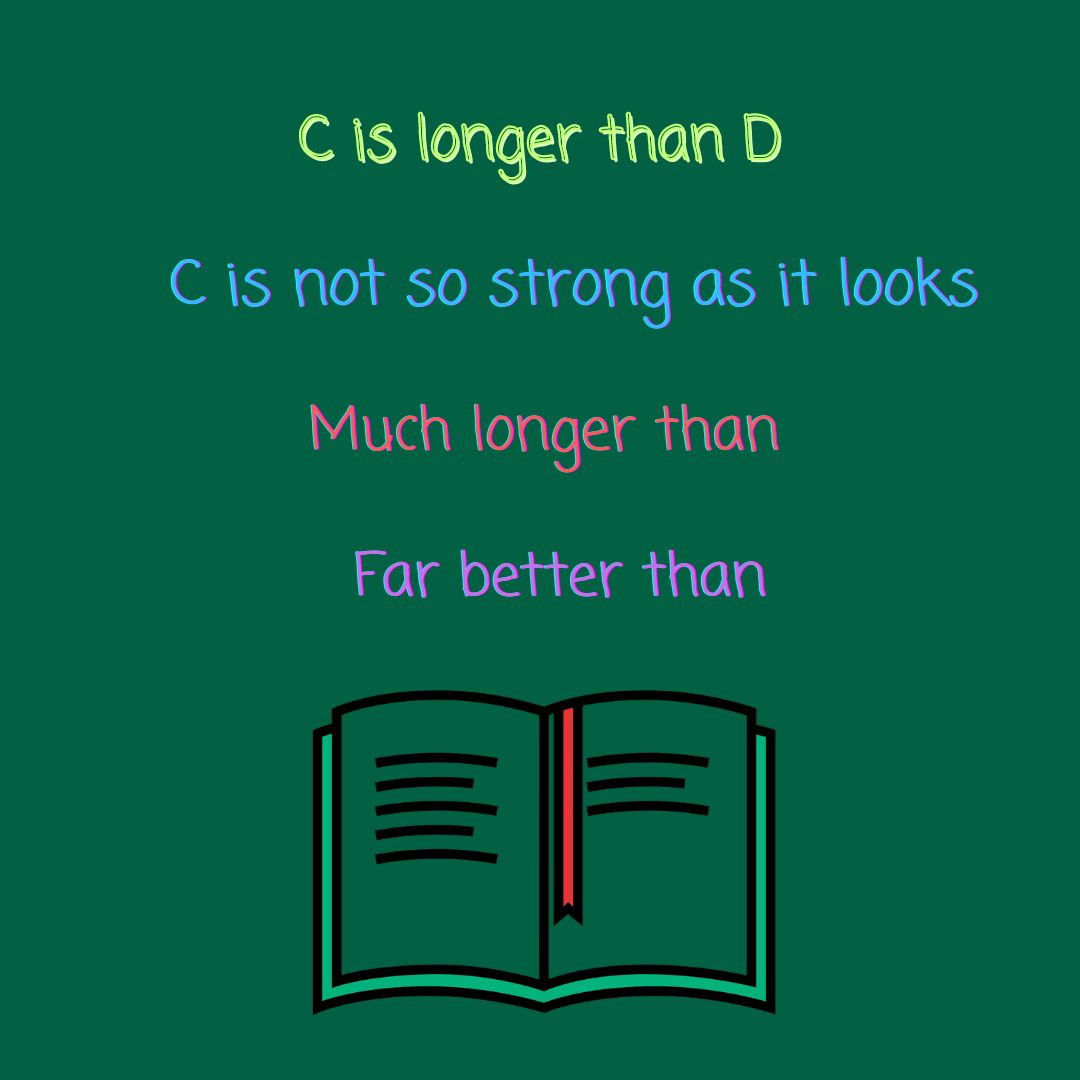Usage of the constructions with Adjectives

Usage of: than, as….as, not so…as, by far or far, and with degrees of comparison
The conjunction than:
The conjunction than is used for forming the degree of comparison adjectives and shape the quality between objects in comparison:
This book is more interesting than that one.
The adjectives of Latin origin:
superior (the best)
inferior (the worst)
don’t use than to express comparison.
The words much and far:
The words much and far are used before adjectives while forming the comparative degree:
The Amazon is much longer than the Neva.
This film is far better than that we saw yesterday.
Much more is used with uncountable nouns, many more is used with countable nouns:
He has much more free time than I.
I have many more books than he.
The preposition of:
The preposition of is used with the superlative degree:
Mozart is the most talented of the other composers.
She is the best of my friends.
The attribute clauses:
The attribute clauses can also be used with the superlative degree. The conjunction that can be omitted in this case:
This is the most interesting book (that) I have ever read.
By far or far:
By far or far are also used with the superlative degree:
The deposits of oil in the UAE are by far the richest in the world.
The words less or least are used to compare the objects for expressing their qualities to less or the least degrees:
They go before the adjectives in the positive degree:
pleasant less pleasant the least comfortable
The structure as…as:
The structure as…as is used to compare two things that are equal in a particular quality or characteristic.
The positive degree is used to describe the basic or original level of the quality being compared.
For example: as smart as a whip means that the person being described is very smart, while as tall as a basketball player means that the person is very tall.
The structure not so…as:
On the other hand, the structure not so…as is used to compare two things that are not equal in a particular quality or characteristic.
The negative not so is used to indicate that the degree of quality being compared is lower than the original level.
For example: not so fast as she used to be means that the person is not as fast as she was before,
while not so good as the one we went to last week means that the restaurant is not as good as the one they went to previously.
Both structures are commonly used in English to compare different things, people, or situations.
Here are some examples: with as…as
She is as smart as a whip.
He is as tall as a basketball player.
This cake is as delicious as homemade.
She is as happy as a clam at high water.
He is as strong as an ox.
And here are some examples using not so…as:
She’s not so fast as she used to be.
This restaurant is not so good as the one we went to last week.
He’s not so organized as his assistant.
This movie is not so interesting as I thought it would be.
She’s not so confident as she was before the presentation.
Click here to learn more about Usage constructions as…as, not so..as, than, by far and of
Click here to learn more about How to form the Degrees of Comparison
Click here to learn more about Degrees of Comparison of the Adjectives
Click here to learn more about What is an Adjective?